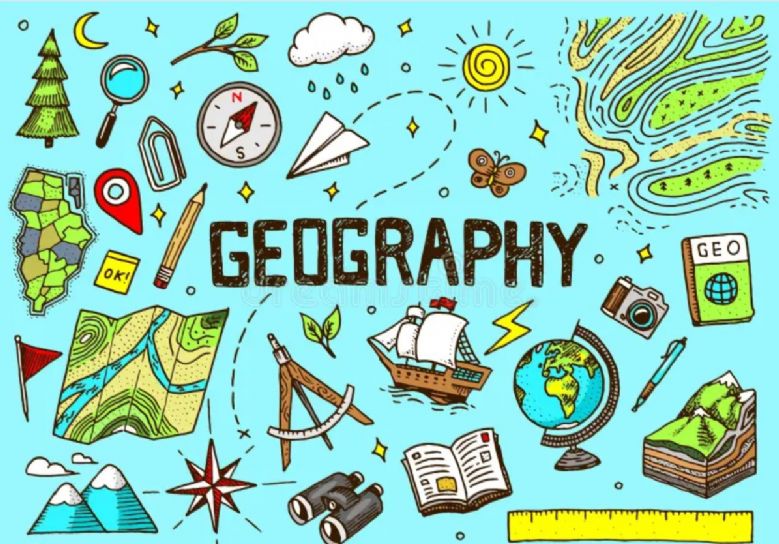Geography
Welcome to Geography at St Anne's!

Geography is taught through Topic at St. Anne's Primary School. It forms a central part of our integrated curriculum. Through topic work children learn about the geography of their local area and compare this to other, contrasting areas of the United Kingdom and the rest of the world. They learn how to draw and interpret maps, to recognise physical features and the effects man has on the world.
Geography is taught over a 2 year cycle. Key Stages 1 and 2 work in partnership with the consecutive year group; Year 1 and Year 2, Year 3 and Year 4 and Year 5 and Year 6.
Intent
At St Anne's we intend to provide a curriculum which inspires pupils to be curious and fascinated about the world. Children are encouraged to develop a greater understanding of the world, as well as their place in it. The curriculum is designed so that progressively, each year, children will build on their knowledge of different places, people, resources and environments. Children will develop their knowledge of the location of significant places, including within their local area. Children will have a deep understanding of the Earth's key physical and human features. Children will learn to collect, analyse and communicate with a range of data gathered through fieldwork experiences and geographical sources, including maps, diagrams, globes, atlases, aerial photographs and digital/computer mapping.
Implementation
As part of the planning process, teachers plan the following:
- A knowledge organiser which outlines knowledge (including vocabulary) all children must master
- A cycle of lessons for each subject, which carefully plans for progression and depth;
- A multiple choice quiz which is tested before the topic and at the end of the topic to see progression
- Trips and visiting experts who will enhance the learning experience
We maintain strong links to the National Curriculum guidelines to ensure all aspects, knowledge and skills are being taught.
We use progression grids to ensure there is clear skills, concepts and knowledge progression throughout school.
Impact
Through high quality teaching of Geography we will see the impact of the subject in different ways.
If children are keeping up with the curriculum, they are deemed to be making good or better progress. In addition, we measure the impact of our curriculum through the following methods:
- A reflection on standards achieved against the planned outcomes
- A knowledge organiser quiz for the children to show case what they have learnt.
- Pupil voice for children to talk about skills and knowledge they have acquired.
- Children’s engagement in Geography lessons
- Work, which will show that a range of topics are being covered.
